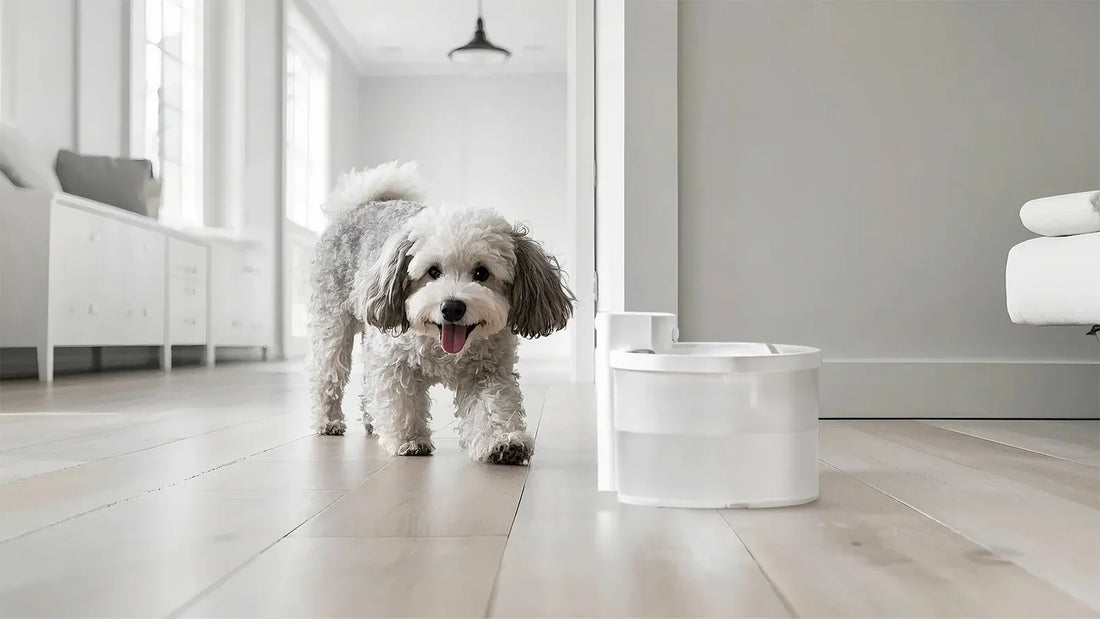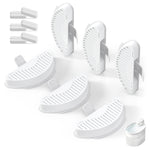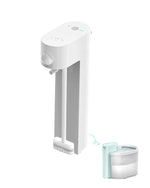Have you ever noticed your dog walking in circles and wondered what could be causing this behavior? While it might seem odd or even amusing at first, this habit can be a sign of various underlying factors, ranging from natural instincts to health issues. Understanding why your dog walks in circles is essential for ensuring their well-being and addressing any potential concerns.
Natural Instincts and Behavioral Patterns
One of the most common reasons dogs walk in circles is rooted in their natural instincts. Before domestication, dogs in the wild would often circle an area before lying down to create a comfortable and safe resting spot. This behavior helped them flatten grass, leaves, or snow, making the ground more suitable for sleeping. Additionally, circling allowed them to check their surroundings for potential threats or predators. Even though modern dogs live in much safer environments, this instinctual behavior often persists.
Another instinctual reason for circling is related to hunting and territorial behavior. Dogs may walk in circles to mark their territory by spreading their scent through glands in their paws. This action helps them establish dominance and communicate with other animals in the area. While this behavior is more common in outdoor settings, some dogs may exhibit it indoors as well.
Excitement and Anticipation
Dogs often walk in circles when they are excited or anticipating something enjoyable. For example, if your dog knows it's time for a walk, playtime, or a meal, they might start circling in excitement. This behavior is usually accompanied by wagging tails, barking, or other signs of enthusiasm. In such cases, circling is a harmless expression of their happiness and eagerness.
Similarly, some dogs may circle when they are trying to get your attention. If your dog notices that circling results in you engaging with them, they may repeat the behavior to elicit a response. This is especially common in dogs that crave interaction or have learned that certain actions lead to rewards.
Health-Related Causes of Circling
While circling is often a normal behavior, it can sometimes indicate underlying health issues. One potential cause is ear infections or other ear-related problems. Dogs with ear infections may experience discomfort, dizziness, or balance issues, leading them to walk in circles. If your dog is circling excessively and showing signs of ear pain, such as scratching or tilting their head, it's important to consult a veterinarian.
Another health concern associated with circling is neurological disorders. Conditions such as vestibular disease, which affects the inner ear and balance system, can cause dogs to lose their equilibrium and walk in circles. Other neurological issues, including brain tumors or cognitive dysfunction, may also lead to this behavior. If your dog's circling is accompanied by confusion, disorientation, or changes in behavior, seek professional advice promptly.
Additionally, older dogs may develop arthritis or joint pain, making it difficult for them to lie down comfortably. Circling before resting can be an attempt to find a position that minimizes discomfort. If you suspect your dog is in pain, consult your veterinarian to explore treatment options.
Anxiety and Stress
Dogs may walk in circles as a response to anxiety or stress. This behavior can be a coping mechanism for dealing with unfamiliar situations, separation anxiety, or changes in their environment. For example, a dog that is left alone for long periods or introduced to a new home may circle as a way to self-soothe.
In some cases, circling can be a symptom of compulsive behavior, which is often linked to chronic stress or boredom. Dogs with compulsive tendencies may repeat certain actions, such as circling, pacing, or tail chasing, as a way to manage their anxiety. Providing mental stimulation, regular exercise, and a consistent routine can help reduce stress-related circling.
When to Seek Professional Help
While occasional circling is usually nothing to worry about, persistent or excessive circling may warrant a visit to the veterinarian. Pay attention to any accompanying symptoms, such as lethargy, loss of appetite, or changes in behavior, as these could indicate a more serious issue. Early intervention is key to addressing health concerns and ensuring your dog's well-being.
If your dog's circling is linked to anxiety or compulsive behavior, consider consulting a professional dog trainer or behaviorist. They can help identify the root cause of the behavior and recommend strategies to manage it effectively. In some cases, medication or specialized training programs may be necessary to address underlying anxiety or stress.
Understanding why your dog walks in circles can provide valuable insights into their physical and emotional health. Whether it's a harmless habit or a sign of an underlying issue, being attentive to your dog's behavior is essential for their overall well-being. By addressing the root cause and providing appropriate care, you can help your furry friend lead a happy and healthy life.
If you've ever found yourself puzzled by your dog's circular walking, you're not alone. This behavior, while often harmless, can sometimes signal deeper issues that require attention. By staying informed and proactive, you can ensure your dog's health and happiness for years to come.













